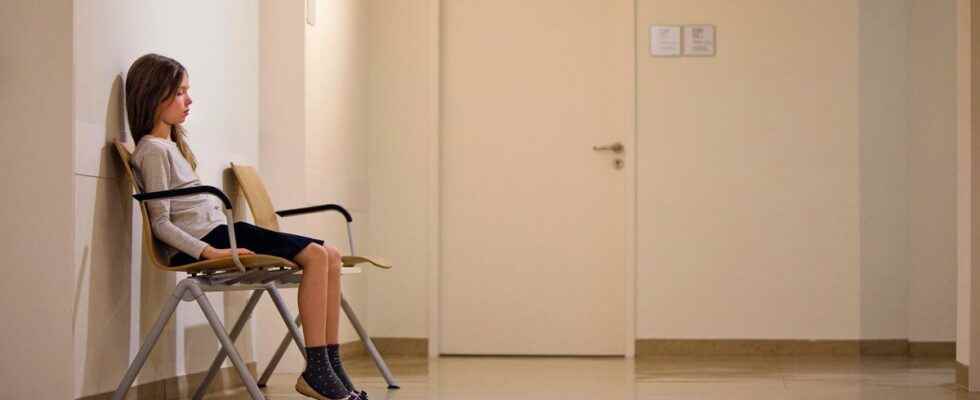Published on
Updated
Reading 2 mins.
February 28 is International Rare Disease Day. The opportunity for Rare Diseases Alliance to recall the diagnostic wandering suffered by patients. The point with Hélène Berrué-Gaillard, its president.
“When people talk to me about rare diseases, I say that they are rare but frequent! ” immediately announces with a touch of humor Helène Berrué-Gaillard, President of the Rare Diseases Alliance. Because in the collective unconscious, rare diseases affect few people, whereas in reality, they concern 3 million sick in France.
Patients experiencing diagnostic wandering
Rare diseases are actually so called when they affect less than one person in 2000. On the scale of France, this means less than 30,000 patients, for a given pathology. But there are more than 7,000 rare diseases, which explains the total number of 3 million people affected. “Rare diseases are one patient in 20, these are people who consult their general practitioner, who will remain for many years with symptoms, but without a name on their disease. It is a difficult diagnostic wandering, women and children are the most victims of it and sometimes some of them end up with a psychologist, because we think that “it’s in their head” and that they have nothing” adds the president.
A sometimes longer wandering in children
In toddlers, the rare disease is sometimes seen immediately. “When it comes to malformations, of course, it’s obvious. But for other pathologies, diagnostic wandering in children can begin at 5 years old and end in adulthood, when the diagnosis will be made.“specifies the president of Rare Diseases Alliance.The parents feel that something is wrong, but nothing happens or we try to find treatments or care, such as physiotherapy, which can aggravate certain pathologies”.
Rare diseases: dedicated hospital services
“Indeed, according to the results of a study that we conducted, 37% of general practitioners are unaware of rare diseases, they prescribe a whole series of examinations to their patient, whereas after a year of research , they should hand over to these referral hospitals“denounces Hélène Berrué-Gaillard again.
In France, there are 23 sectors and 2,400 hospital departments dedicated to rare diseases, 80% of which are of genetic origin. It is therefore not a lack of means that the Alliance denounces but rather a working link between city and hospital doctors which is not being made. “It’s the coordination between city doctors and the hospital that has had a hard time, that’s why we’re asking for a national communication strategy, with a public health campaign because when it affects three million people, It’s public health!“concludes the president of Rare Disease Alliance.
